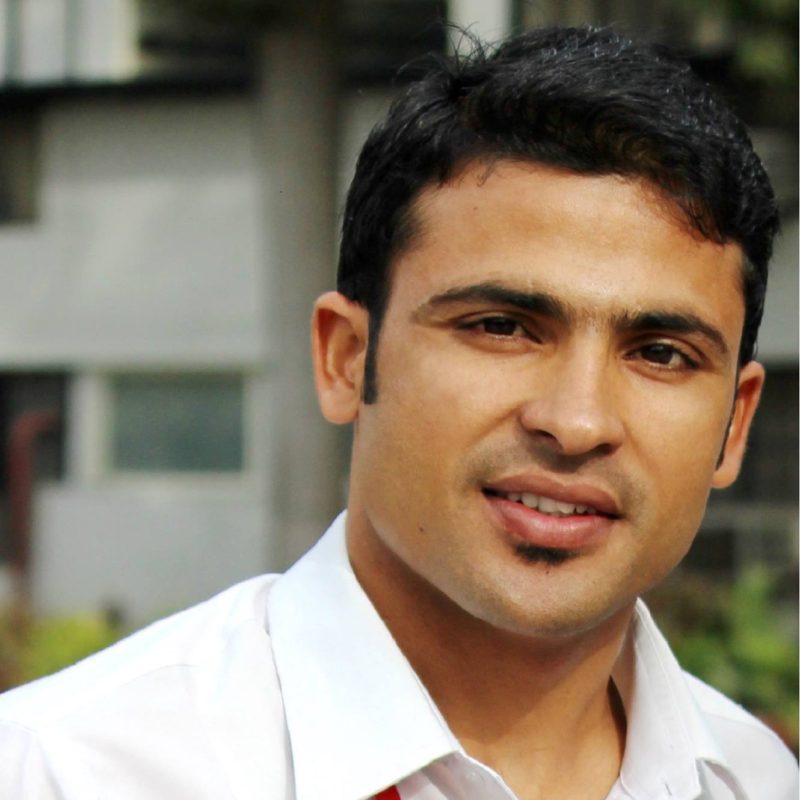It has nowadays become a norm for all major hospitals to advertise, and even use, Robotics and related applications in complicated surgeries. This trend seems to be slowly catching up in India. Now, the question at this instant in time would be is a Robotic application in surgery (and healthcare in general) even practical. How does a designer even design a Robot to assist during complex surgeries?
In a bid to seek answers to these questions, we recently met Ajay Godara, a qualified mechanical engineer and Director at Ennovate Lab LLP who also has been involved in designing and automating Robots for use across varied sectors.
Ajay threw significant light on multiple aspects related to Design/Automation of Robots including the internet-controlled ones, over a friendly chat with Rahul R, Electronics For You
Q. Talking about Internet-Controlled Robots, and their automation for use during surgeries, how does an engineer/designer automate such a system?

A. An interesting question. Firstly, I myself have been involved in large-scale projects that involved designing and automating robots for use in medical surgeries. Any engineer should remember that robots are only assistants, they cannot take over humans in surgeries.
Now, coming to the actual designing of robots, this process is a combination of almost all branches of engineering. However, Microelectronics plays a major role here. To begin with, have the robot perform tasks such as handing over of crucial medical instruments during surgeries. Develop an efficient command line interface and start-off with basic level programming.
Then integrate Artificial Intelligence (AI) systems over your programmed model. Remember that your design should take care of precision medical aspects such as analysing the surgeon’s timing and frequency when he/she is likely to require critical instruments. Finally, have this machine store vital medical statistics for future use. Then, constantly work on this to enhance your robotic assistant.
Q.How would robotics work out in the Indian healthcare/wellness sector?
A. One key aspect here, is the design and simulation. You can effectively integrate AI and Machine Learning within an actual robotic model (physically) and use these as diagnostic assistants.
Let’s say that I have developed a robot and have installed the same at my hospital. Now, I can enhance my assistant with an AI system and use this as a diagnostic tool. The initial level of disease diagnosis and detection can be handled by robots. The world is slowly moving towards this. Once diagnosis is done, this data can be passed on directly to the concerned department via yet another automation system. Then, patients can directly get attended by respective doctors.
What advantage the above system offers us patients), is saving time which is precious. In a normal hospital/healthcare setup human intervention is required at almost every level before a patient is routed to an expert. Robots will eliminate this, thereby even cutting down diagnosis costs (once fully implemented). This very concept applies to even actual surgeries wherein surgeons get to save time and devote this time to patients.
Q. Apart from healthcare where else would internet controlled robots/AI automation fit in in the Indian scenario?
A. One important area here is traffic control, what is interesting here is that a physical ‘robot’ is not required to be placed at traffic junctions. Instead, have a simple smart sensor mounted across all major cities. This is to monitor the vehicle count, average time spent at each junction, and weather forecast.
Now, with the above parameters, have this data sent to a centralised cloud. Then, let’s say an ambulance is approximately 200 feet away from a traffic signal, all traffic lights in that corridor must go green automatically to let the ambulance pass. Similarly, the approach times of other ambulance vehicles can also be captured and these vehicles can be allowed to pass through.
In fact, we have collaborated with NITTTR (National Institute of Technical Teachers Training & Research), Chandigarh and would soon be implementing this system on a pilot basis at Chandigarh.
Generally speaking, even peak hour traffic can easily be monitored through an internet controlled smart sensor that is installed across key traffic points throughout the city. Signal lights at key traffic zones can go green when traffic density increases, while those at the vicinity where traffic is light can stay red, to allow heavy traffic to clear. Remember that this process will not require a human to physically sit behind a computer to monitor traffic and then pass details to a traffic constable.
Q. Now, since you have shed light on traffic control, are you working on any projects to automate creation of Green Corridors across cities for use during vital organ transplants?
A. Yes, we are currently working on a project like this. In fact, we are developing a smart city project where even green corridors would automatically be created via automation so that human intervention is eliminated, and an ambulance can reach cities in significantly less time.
Q. What is your view on concerns expressed by some countries with respect to robots and automation taking away key jobs from people?
A. I view job losses as natural, when automation and robotics evolve. But what is constant is innovation. It is a human who must innovate, robots cannot innovate. AI is only a slave, and not a master, at the end of the day. So, I think there would be job losses at a lower level, this means that authorities can view humans at a higher level and create jobs such that people are in control of machines and not vice-versa.








yes , that is highly needed in future Industrial Automation to compete in the market.